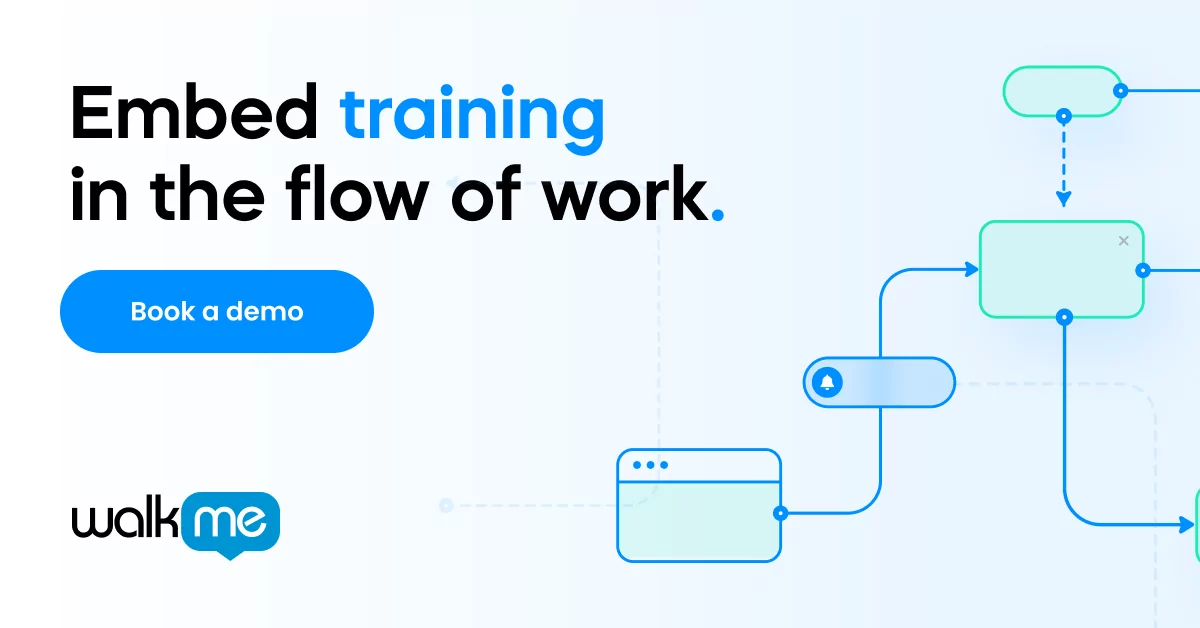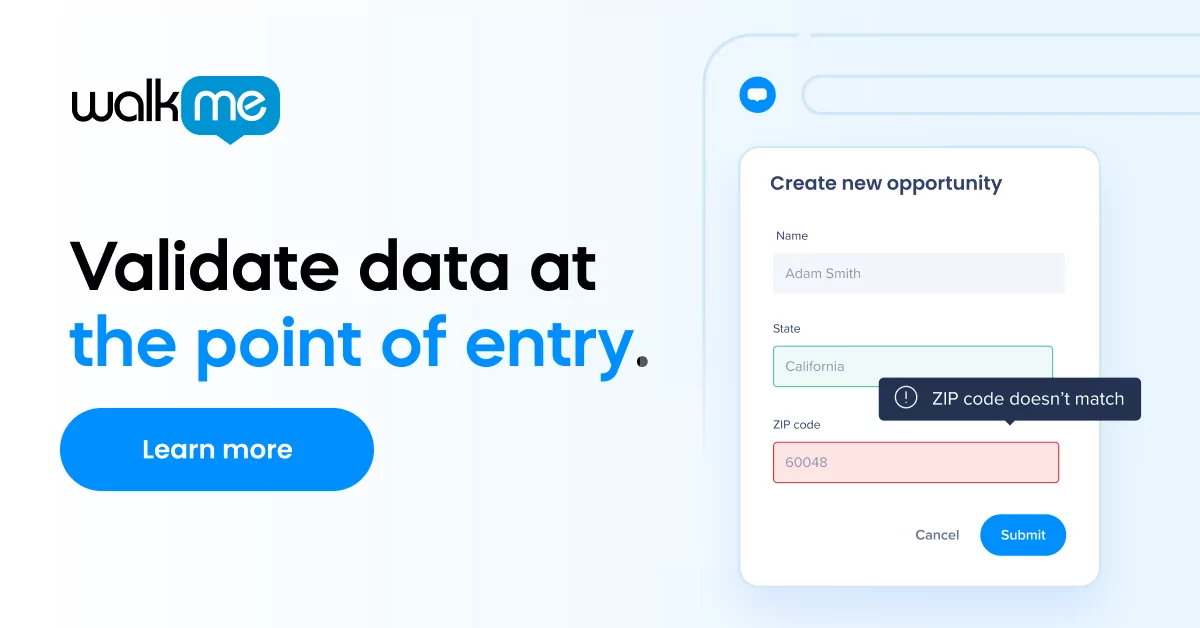Almost every employee can name at least one person from their HR team. Such recognition shows how integral this department is to each employee’s professional experience. With COVID-19 in full force, HR professionals and managers need now, more than ever, to be present for remote teams while everyone is working from home.
Depending on a company’s size, HR touches upon several core aspects of recruiting, training and employee development, compensation and benefits administration, health and safety and employee and labor relations. During such uncertain times, this poses a challenge that calls on HR personnel to maintain business continuity and leverage technology to perform their jobs at the highest level.

Hiring is still happening
While the world is only now understanding the economic impact of COVID-19, there are still a number of companies actively hiring or in the middle of recruitment processes.
Since face-to-face meetings are temporarily on hold, all interviews need to be conducted via video conferencing, using applications like Zoom.
To adapt to this new reality, HR teams need a set of best practices for managers conducting online interviews. What happens if the candidate has issues opening Zoom or the interviewer doesn’t know how to record the meeting?

Since most companies aren’t familiar with conducting video interviews, they need to understand how this technology works and also provide resources to the candidate.
WalkMe Zoom Extension is a self-help widget that guides users through any Zoom related trouble-shooting with immediate assistance and step-by-step guidance. On-demand help means that hiring managers and candidates aren’t entering panic mode when confusion arises when using Zoom.
No matter what the format, job interviews should be as fluid as possible resulting in a positive, professional and fair candidate experience.
Employee training, comprehension and adoption
On average, an employee must use around 14 different software applications to perform their job. Each software application has a different purpose and behavior, requiring consistent updates and employee training for new and veteran team members.
According to Gartner, as organizations increasingly tackle automation and digitalization, the skills and competencies required for success constantly change. They found that 66% of CHROs and 86% of HR technology leaders said that building critical skills and competencies is a top priority for 2020. This reflects the growing need for continuous employee learning which is more pronounced since teams are working from home.

HR and those that oversee learning and development can be the advocates for training software. Today, organizations that traditionally use classroom training and company-hosted webinars must utilize technology to facilitate remote training. As more software is introduced or there are changes within platforms, older training methods simply are not scalable, nor can they be tailored to individual learning styles.
A digital adoption platform provides in-app and cross-app guidance to users navigating new software. Using contextual awareness, employees’ learning timelines are reduced as helpful content is pre-emptively triggered based on users’ behavior and tips are displayed when mistakes are made. A DAP meets users where they are, eliminating the need for in-person training sessions or clunky user manuals.
Onboarding employees from afar
20% of staff turnover happens within the first 45 days of beginning a new job. This statistic is compounded by the current situation of employees working from home which can affect employee retention. How can HR facilitate a sound onboarding experience without any in-person interaction?
Technology must be leveraged to communicate with new hires and a digital adoption platform to onboard them to new systems, applications, and workflows. Last week at WalkMe, an onboarding orientation was held via Zoom for over 30 new employees. It included an introduction with Rafael Sweary the co-founder and president who shared the company story and vision, as well as an overview of the organizational structure and WalkMe product demos. Despite the current situation, HR personnel must pivot to digital tools to welcome new hires and acclimate them to their new company.
Data as a catalyst for excellence
Sierra Ceder found that large organizations have up to 75 different HR and business systems.
To work effectively, HR analytics need to be collected to understand how multiple platforms are utilized and to glean insights. With a digital adoption platform, managers have access to insights and analytics to see where employees are falling short and when usage and engagement drops. These indicators are invaluable, and can provide HR leaders with a clearer measure of employee performance and the ROI on their software investments.

The team that is there for everyone
HR, also known in some organizations as the people team, covers the spectrum of employee needs from their first day to their last. Thrown into an unpredictable situation, companies across the world are focused on keeping their businesses running and their employees engaged.
HR can provide solutions to maintaining employee growth, learning, and development by outfitting their teams with the proper digital tools to ensure that even from home, hiring training and onboarding efforts successfully continue.


